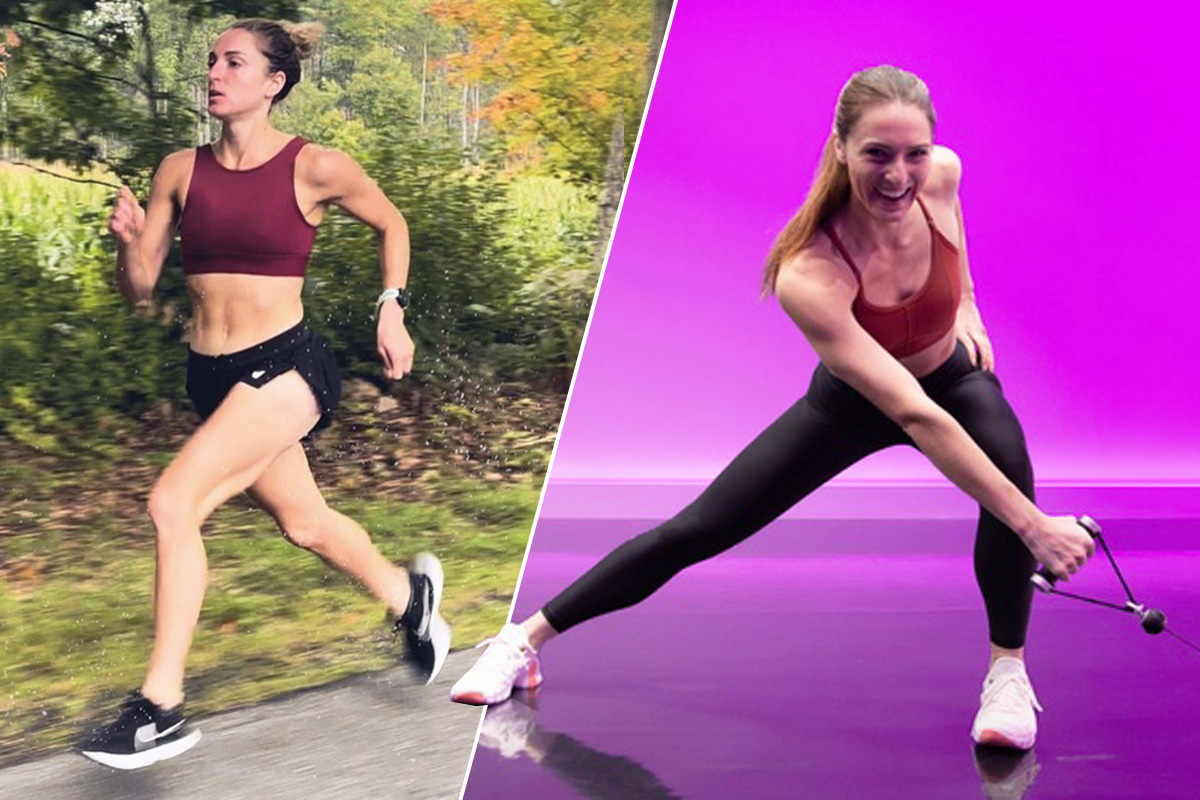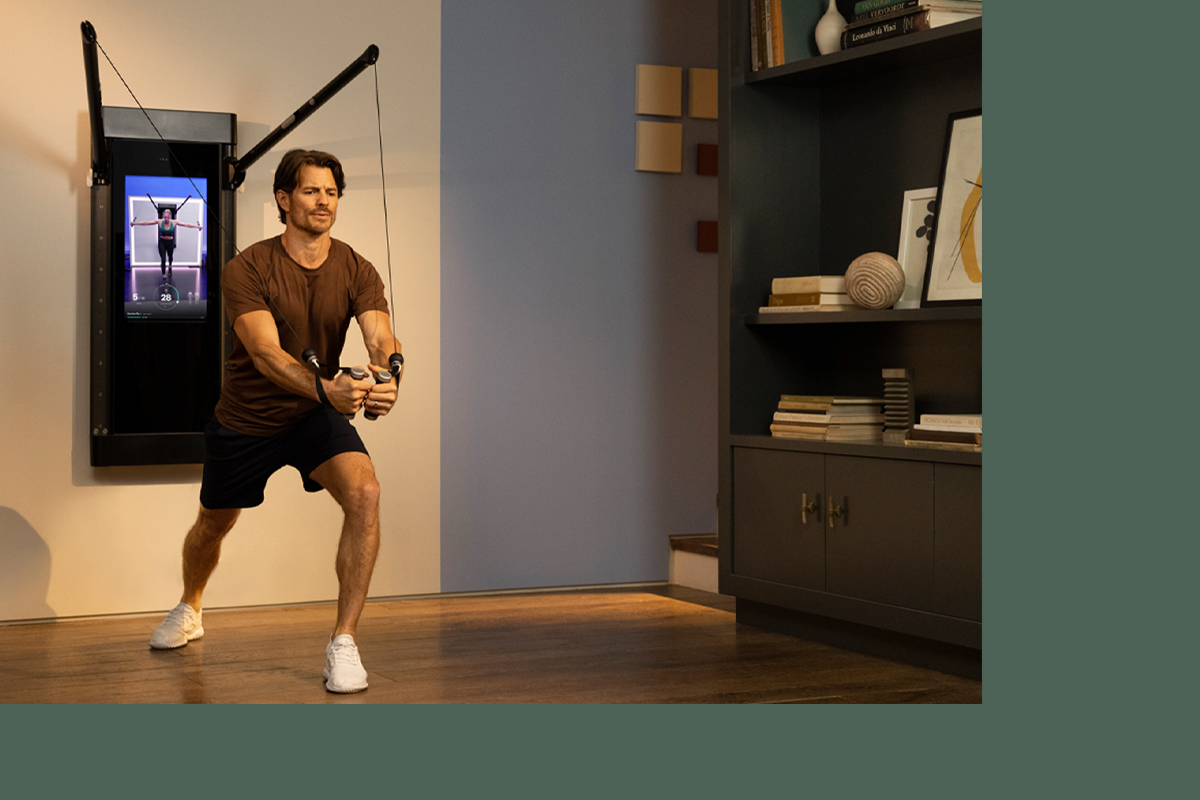After an accident and surgery derailed his training, Eric Castro physically and mentally built himself back up to find joy in tackling 26.2 miles.

Most people head into marathon training with a solid aerobic base they’ve been building up for several months. And if it had been a normal year, Eric Castro—who had run six New York Marathons previously—would have done the same. But after breaking his shoulder in an accident and undergoing surgery in the fall of 2020, the 45-year-old from Union, NJ, didn’t get the all-clear to start working out again until July 2021, a mere five months before race day.
“This was the first time I’ve ever broken a bone, and hearing I was going to lose mobility in my left arm really freaked me out,” says Castro. “All my past training was going to be gone and out the window; I wasn’t able to exercise at all until pretty much right when marathon training needed to start—and when I did get to that point, I was struggling with three or four miles.”
What he did have, though, was a solid strength foundation (that’s a lot harder to lose than cardiovascular fitness). “My wife and I got Tonal right before the pandemic hit, and I worked out like a mad person on it,” he says. “I was on it four, five days a week. And I think that strength carried me through the months where I couldn’t work out because of my injury.”
Before the accident, Castro was doing two- and four-week total-body conditioning programs on Tonal. In July, he got back on the trainer using just five to 10 pounds of digital weight resistance for the first month. “It was a little easier to ramp up my leg strength from there, but I also started focusing more on shoulder mobility and strength with Coach Pablo to help with the movement of my arms,” he says.
Even though he had initially had a time goal in mind, Castro’s injury led to a mental reset in his training and his approach to the race. In the past, he admits to doing a little too much—i.e. running heavy and training heavy. “I’m the kind of person who wants to push themselves as much as they can,” he says. “In the past, at the gym, I was probably lifting everything incorrectly, and I wasn’t taking my time.”
Having a coach and the guidance offered by Tonal, he says, dramatically improved his strength-training experience. This go-around, he prioritized running and used Tonal for workouts that complemented his goal of finishing the race strong and making him a stronger runner for the long term.

That translated into a fresh mental approach on race day, too. “During training, I really had to take it easy with exercise,” he says. “So I went into the race saying ‘Don’t push yourself. The last thing you want to do is injure yourself on this course because you’re trying to do too much. Listen to your body and really enjoy the fact that it’s the 50th anniversary, and we’re all back running again after almost two years off!’”
Despite starting his training from ground zero, Castro attributes his success on the course to Tonal workouts and that new headspace. “My Achilles heel, when it comes to the marathon, is miles 15 to 16—the 59th Street Bridge from Queens into Manhattan,” he says. As someone who has run New York in the past and who grew up in the area, that incline at that point in the race was a major fear factor for him and something he really prepared for with strength training and hilly long runs.
“This was the first year I did not walk the 59th Street Bridge,” he says. “That was huge for me. I needed to prove to myself that, no matter what, even if I had to jog and take it easy, I could do it. And a lot of that was using my arms to help pull me up that elevation.”
Not only did Castro crush the 59th Street Bridge, but he also found his second wind grinding up the slow grade of Fifth Avenue after mile 20. “I might have taken a 30-second walk break here or there, but I felt fantastic,” he says. “The course was less packed than previous years, but the energy we got from the crowd was the best I’ve ever experienced. Once I entered Central Park, that’s always been such a high for me. With that energy, I didn’t even feel like I was moving my legs—something was just pushing me along that last bit.”
With his seventh New York City Marathon in the bag, Castro is already looking forward. “I’ve pre-qualified for 2022,” he says. And after a post-race Tonal fitness assessment, he plans to jump back into a two-week, five-day program and build from there. “My shoulder is something I think I’ll always need to work on, same as my legs with those hills on the course. But I’m really, really excited to get back into it.”
The information provided in this article is for educational and informational purposes only. Individuals with pre-existing health conditions, injuries, or concerns should consult with their healthcare provider before trying a new exercise or nutrition regimen.


